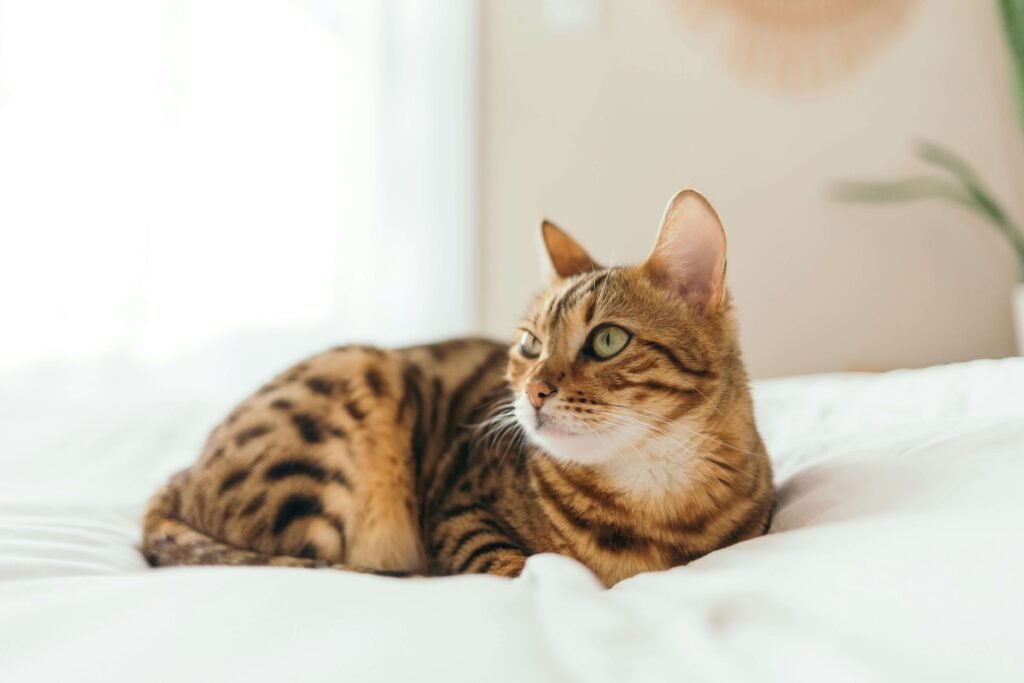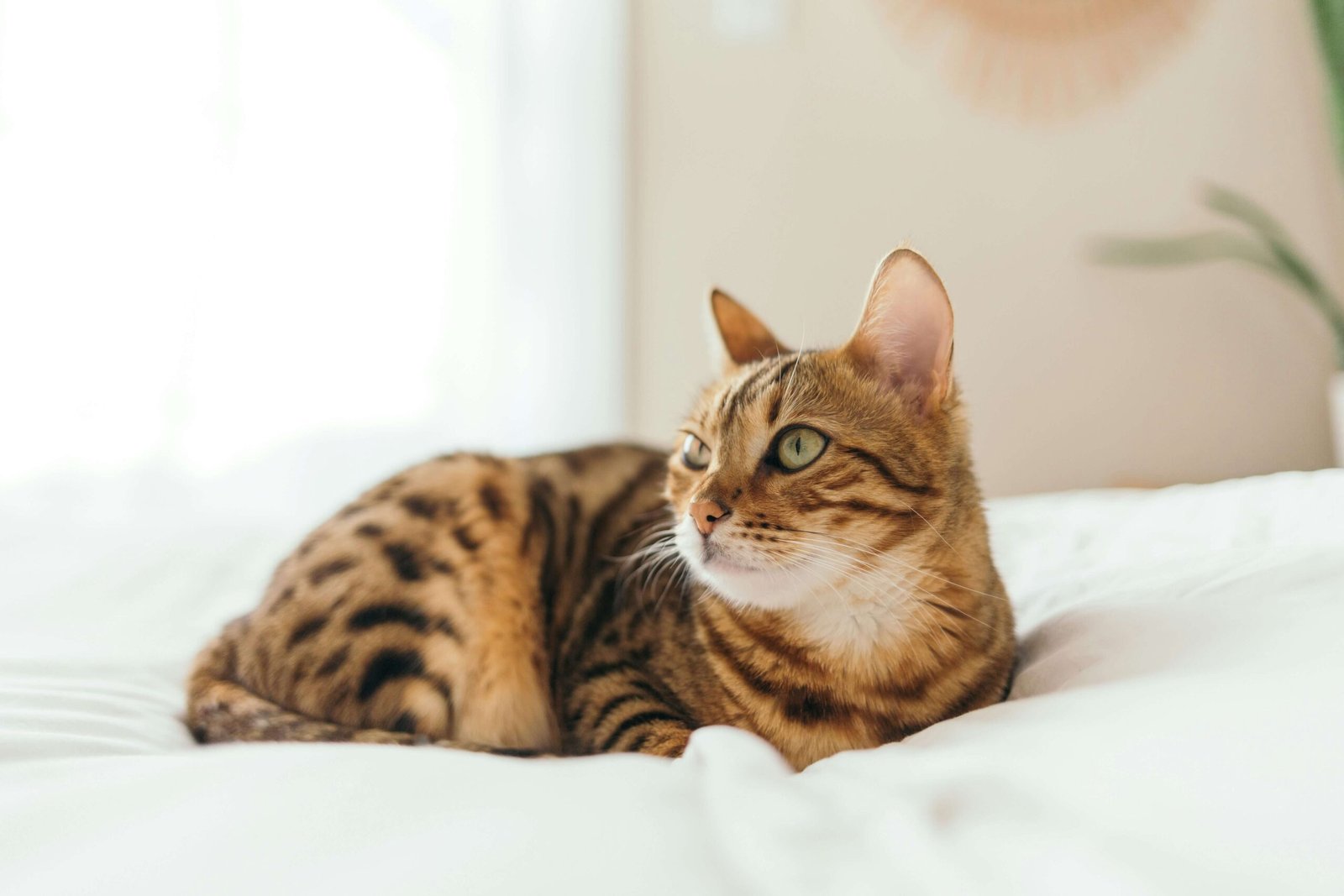The Fascinating World of Cat Eating Habits
Cats are not just adorable companions; they are also fascinating creatures with unique eating habits. Whether you’re a proud cat owner or simply intrigued by feline behavior, understanding how and why cats eat the way they do can deepen your bond with these graceful animals. From their instinctual hunting behaviors to their sometimes quirky preferences at mealtime, cats offer endless opportunities for observation and learning. In this blog post, we’ll explore everything you need to know about cat eating habits, providing insights that will help you better care for your furry friend while appreciating their natural instincts.
Why Do Cats Eat the Way They Do?
Understanding the reasons behind your cat’s eating behavior can provide valuable insight into their health and happiness. Below is a list of key factors that influence how cats approach food:
Instinctual Hunting Behavior
Cats are natural-born hunters, and their eating patterns often reflect this. Even domesticated cats retain the instinct to “hunt” their meals, which explains why they may play with their food before consuming it.Small, Frequent Meals
Unlike humans who typically eat three large meals a day, cats prefer smaller portions spread throughout the day. This mimics their ancestral feeding habits in the wild.Sensory Preferences
A cat’s sense of smell and taste plays a significant role in what they choose to eat. Strong odors or unappealing textures can deter them from certain foods.Environmental Factors
Stress, changes in routine, or unfamiliar surroundings can impact a cat’s appetite. Ensuring a calm and consistent environment helps maintain healthy eating habits.Health Considerations
Underlying medical conditions such as dental issues or digestive problems can affect a cat’s willingness to eat. Regular vet check-ups are essential for monitoring their well-being.
By recognizing these influences, you can create an ideal dining experience tailored to your cat’s needs, ensuring both physical health and emotional satisfaction.
Common Misconceptions About Cat Eating Habits
There are several myths surrounding how cats should be fed, many of which can lead to confusion among pet owners. Here’s a breakdown of some common misconceptions:
Cats Can Thrive on a Vegan Diet
While plant-based diets work for humans, cats are obligate carnivores, meaning they require animal protein to survive. Feeding them a vegan diet can result in severe nutritional deficiencies.Milk Is Essential for Cats
Contrary to popular belief, most adult cats are lactose intolerant. Offering milk can upset their stomachs, so water remains the best hydration source.Dry Food Is Always Better Than Wet Food
Dry food is convenient but lacks the moisture content found in wet food, which is crucial for preventing dehydration and supporting urinary tract health.Cats Will Stop Eating When Full
Some cats overeat due to boredom or stress, leading to obesity. Portion control and scheduled feeding times are important to prevent weight gain.All Cats Prefer Fish
Although fish is a favorite for many cats, not all enjoy it. Each cat has individual taste preferences, and variety is key to keeping them interested in their meals.
Understanding these misconceptions allows you to make informed decisions about your cat’s diet, promoting long-term health and vitality.
Check this guide 👉Why Does My Cat Try to Bury Her Food? Best 7 Behavior Tips!
Check this guide 👉The Enigmatic Smile of a Cat: Best 7 Behavior Tips!
Check this guide 👉How Long Does a Cat Hold a Grudge? Best 7 Behavior Tips!

Nutritional Needs | Tips for Meeting Them |
|---|---|
High-Quality Protein | Choose premium cat food with real meat as the primary ingredient. |
Adequate Hydration | Provide fresh water daily and consider adding wet food to their diet. |
Taurine-Rich Diet | Ensure taurine is included in their food, as it’s vital for heart and eye health. |
Balanced Fat Content | Look for foods with moderate fat levels to support energy needs. |
Limited Carbohydrates | Avoid grain-heavy formulas, as cats don’t process carbs efficiently. |
How to Encourage Healthy Eating Habits in Your Cat
Promoting healthy eating habits starts with creating a positive mealtime environment. Here are some actionable tips to encourage your cat to eat well:
Establish a Routine
Feed your cat at the same times each day to establish consistency and reduce anxiety around mealtime.Use Puzzle Feeders
Puzzle feeders stimulate mental engagement and mimic the thrill of hunting, making meals more enjoyable for your cat.Rotate Food Options
Introduce variety by rotating different flavors and textures to keep your cat excited about mealtime.Monitor Portion Sizes
Overfeeding can lead to obesity, so measure portions carefully based on your cat’s age, size, and activity level.Avoid Table Scraps
Human food often contains ingredients harmful to cats, such as onions, garlic, and chocolate. Stick to species-appropriate diets.
Implementing these strategies can transform mealtime into a rewarding experience for both you and your cat, fostering a healthier lifestyle overall.
Signs Your Cat May Have an Eating Problem
Identifying potential eating issues early can prevent serious health complications down the road. Watch out for the following signs:
Sudden Loss of Appetite
If your cat stops eating suddenly, it could indicate illness or stress. Consult a veterinarian promptly to rule out underlying causes.Excessive Begging for Food
Constant begging might signal hunger or boredom. Evaluate whether your cat is receiving enough food or stimulation during the day.Regurgitating After Meals
Frequent vomiting after eating could point to dietary intolerance or swallowing food too quickly.Obsessive Licking Around the Bowl
This behavior may suggest dissatisfaction with the food or discomfort caused by oral pain.Weight Fluctuations
Significant weight loss or gain within a short period warrants immediate attention, as it could signify metabolic disorders or other conditions.
Being vigilant about these signs ensures timely intervention, safeguarding your cat’s health and happiness.
Understanding Cat Food Preferences
Every cat has its own personality, and this extends to their food preferences as well. While some cats are adventurous eaters, others can be notoriously picky. Here’s what you need to know about understanding your cat’s food preferences:
Texture Matters
Some cats prefer crunchy kibble, while others favor soft, wet food. Experimenting with different textures can help identify what your cat enjoys most.Temperature of Food
Cats often dislike food that is too cold straight from the fridge. Serving food at room temperature or slightly warmed can make it more appealing.Flavor Variety
Just like humans, cats can get bored of eating the same thing repeatedly. Offering a rotation of flavors keeps mealtime exciting for them.
Understanding these nuances ensures your cat remains enthusiastic about mealtimes, reducing the risk of skipped meals or unhealthy snacking habits.
Foods That Are Toxic to Cats
While cats are curious creatures, not everything they encounter is safe for consumption. Being aware of toxic foods can prevent accidental poisoning and ensure your cat stays healthy. Below are common foods to avoid:
Chocolate
Chocolate contains theobromine and caffeine, both of which are toxic to cats and can cause seizures or heart problems.Onions and Garlic
These ingredients damage red blood cells, leading to anemia. Even small amounts in cooked dishes should be avoided.Alcohol
Even a tiny amount of alcohol can lead to severe intoxication, respiratory failure, or even death in cats.Grapes and Raisins
Though more commonly associated with dogs, grapes and raisins can also harm cats by causing kidney failure.Raw Dough
The yeast in raw dough can ferment in a cat’s stomach, producing gas and alcohol, which are dangerous.
By keeping these toxic foods out of reach, you protect your cat from potentially life-threatening situations.
Signs Your Cat Is Enjoying Their Food
A happy eater is a sign of a content and healthy cat. Observing your cat’s behavior during meals can provide clues about whether they truly enjoy their food. Here are signs to look for:
Excitement Before Meals
If your cat eagerly waits by their bowl or vocalizes when you prepare food, it indicates they associate mealtime with pleasure.Clean Plate Syndrome
Finishing every last bite suggests your cat finds the food satisfying and delicious.Relaxed Body Language
A relaxed posture while eating—such as sitting comfortably or purring—is a good indicator of enjoyment.No Hesitation to Eat
Cats that dig into their food without sniffing excessively or walking away typically find it appetizing.Consistent Appetite
Regularly returning to their bowl at scheduled times reflects satisfaction with their current diet.
Noticing these positive behaviors reassures you that your efforts to provide nutritious and appealing meals are paying off, fostering a happy and thriving feline companion.
Frequently Asked Questions About Cat Eating Habits
How often should I feed my cat?
Most adult cats thrive on two to three small meals per day, spaced evenly apart.
Is it normal for my cat to skip meals occasionally?
Occasional fasting isn’t uncommon, but persistent refusal to eat requires veterinary consultation.
Can I mix dry and wet food?
Yes, combining dry and wet food offers balanced nutrition and increased moisture intake.
Why does my cat eat grass?
Eating grass may help cats induce vomiting to relieve digestive discomfort or aid in hairball expulsion.
What should I do if my cat eats too fast?
Use slow-feed bowls or puzzle feeders to regulate eating speed and prevent regurgitation.
Nurturing a Happy and Healthy Eater
Caring for a cat involves much more than simply filling their bowl with food. By understanding their natural instincts, debunking common myths, and addressing potential challenges, you can ensure your feline companion enjoys a fulfilling and nourishing diet. Remember, every cat is unique, so patience and observation are key to discovering what works best for yours. With the right knowledge and tools, you can create a harmonious mealtime routine that supports your cat’s physical health and strengthens your bond. After all, a happy eater is a happy cat—and a happy cat makes for a joyful home.
Canned Pumpkin for Cat Diarrhea: Best 7 Expert Tips! Natural remedy to firm stools, soothe upset bellies, and support gut health safely.
Can a Cat Give You Scabies? Best 7 Expert Tips! Discover the truth about feline mites, human skin risks, and how to protect yourself—without panic.
Cat Flea vs Human Flea: Best 7 Expert Tips! Discover the truth about bites, species, and how to eliminate infestations for good.
Weird Cat Behaviors: Best 7 Expert Tips! Discover why cats do strange things—and how to understand, not punish, their instincts for a happier home.





